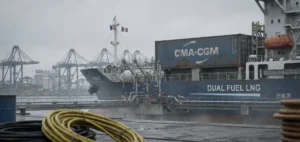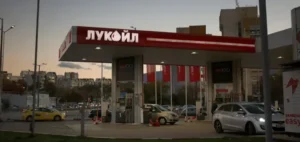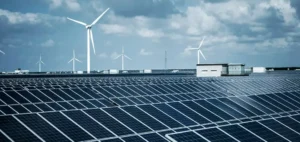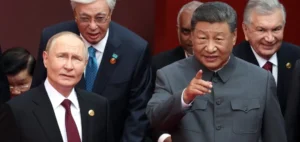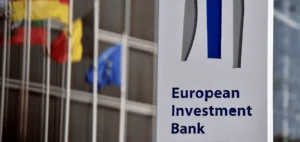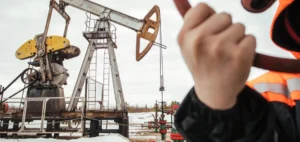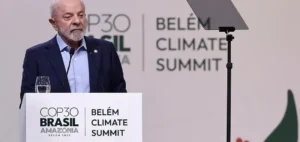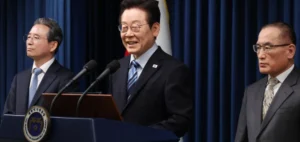Indian Prime Minister Narendra Modi’s recent visit to Guyana marked a turning point in energy relations between the two nations. Bilateral discussions highlighted the potential for long-term crude oil import agreements as India seeks to diversify its energy supply sources.
India, which imports the majority of its oil, has seen its needs evolve with the decline in its dependence on the Middle East. From January to October 2024, this region accounted for 45% of India’s oil imports, compared to 59% in 2021. The war in Ukraine accelerated Russia’s rise as a key supplier, but imports from new regions, like Guyana, play a pivotal role in this diversification strategy.
Opportunities Offered by Guyana
Guyana, a small South American country, has become a major player in the oil industry since beginning crude production in 2019. Its estimated reserves of 12 billion barrels of oil equivalent, combined with a projected production of one million barrels per day by 2026, have attracted the interest of global energy powers.
In 2021, trial shipments of Liza crude, a light, low-sulfur oil, were sent to India. These initial experiences demonstrated the compatibility of Guyanese crude with Indian infrastructure, but trade relations did not progress further.
Challenges and Competition
Despite the enthusiasm for these opportunities, significant challenges remain. European competition for Guyanese oil is strong, with European refineries well-suited to this type of light crude. Additionally, Indian refineries are primarily configured to process heavier, sourer crude from the Middle East.
The price differential for Liza crude, currently declining compared to dated Brent, could nonetheless favor Indian refiners. At $1.80 per barrel below Brent, this oil represents a financially viable alternative, provided logistical and contractual conditions are favorable.
Exploration Partnerships
In addition to import agreements, India is also involved in oil exploration in Guyana. In January 2024, New Delhi signed a five-year agreement allowing companies like ONGC Videsh, the international arm of the Oil and Natural Gas Corporation, to bid for offshore blocks.
This collaboration in the upstream sector is crucial for India, which seeks not only to secure supplies but also to strengthen its technological expertise and geopolitical influence. Ongoing discussions open up opportunities for strategic partnerships in a rapidly growing energy region.
A New Strategic Axis
As India reduces its reliance on traditional producers, Guyana emerges as a key partner. This rapprochement is part of a global strategy to secure reliable supplies while expanding India’s energy footprint worldwide. If negotiations succeed, they could transform Guyana into a cornerstone of Indian energy policy.




